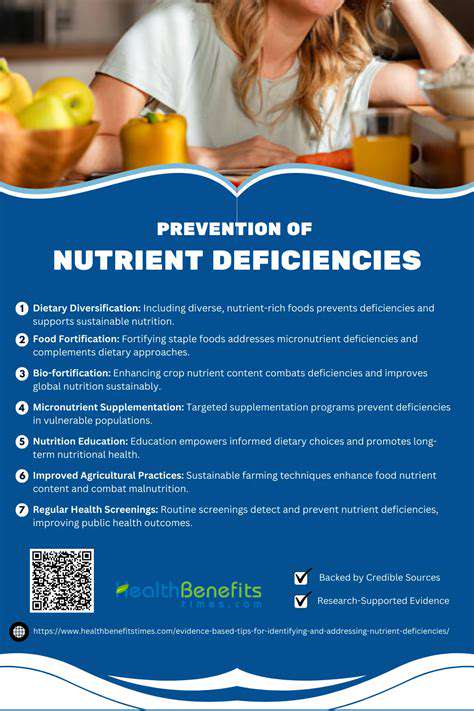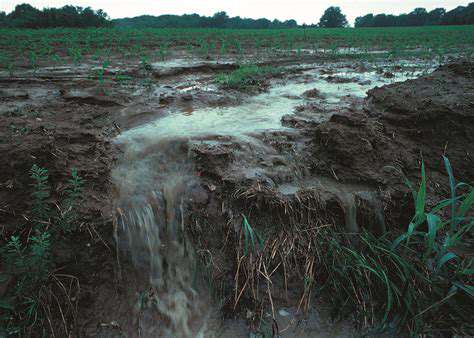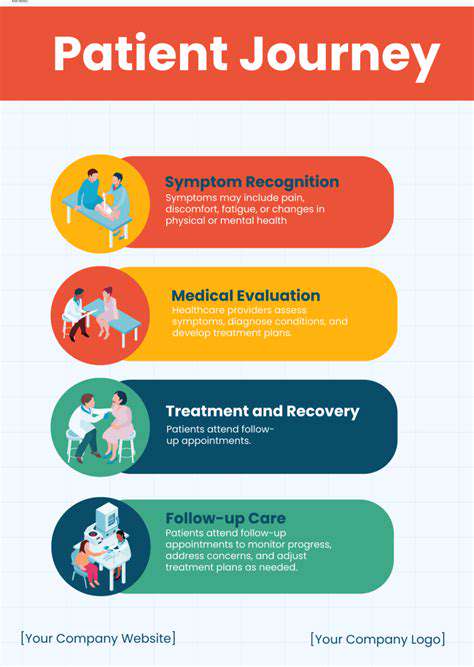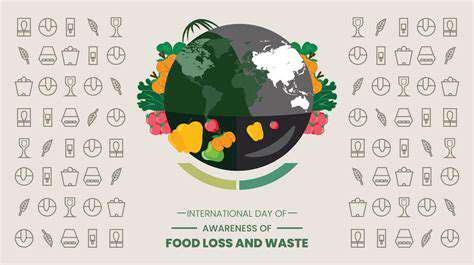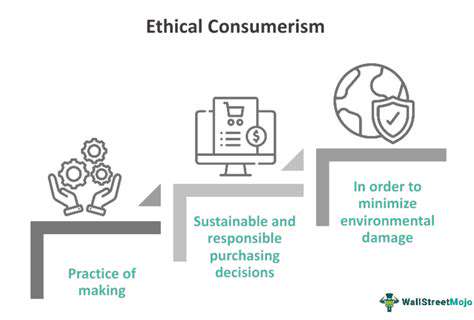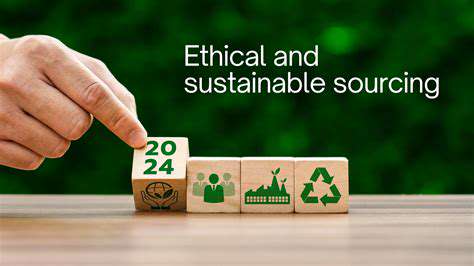Livestock Farming and Land Degradation
Livestock Grazing and Soil Erosion
Intensive livestock farming practices, particularly grazing, often lead to significant soil degradation. Overgrazing, where animals consume vegetation faster than it can regrow, exposes topsoil to wind and water erosion. This loss of fertile topsoil reduces the land's capacity to support plant growth, impacting both agricultural productivity and the overall health of the ecosystem. The compaction of soil by livestock hooves further reduces water infiltration, increasing runoff and exacerbating erosion problems. This cycle of degradation can ultimately lead to desertification in vulnerable areas.
The impact of livestock grazing extends beyond immediate soil erosion. The removal of plant cover exposes the soil to harsh weather conditions, leading to reduced organic matter content. This in turn decreases the soil's ability to retain water, making it more susceptible to drought and further erosion. These long-term consequences highlight the importance of sustainable grazing management practices that prioritize plant cover and soil health.
Feed Production and Deforestation
The global demand for livestock feed, particularly for ruminants like cattle and sheep, often necessitates large-scale cultivation of feed crops. This expansion of farmland frequently involves deforestation, particularly in tropical regions. Clearing forests for agricultural land releases significant amounts of stored carbon into the atmosphere, contributing to climate change. The loss of biodiversity is another crucial consequence, as diverse ecosystems are replaced by monocultures of feed crops.
Furthermore, the production of feed crops often relies on intensive agricultural practices, including the use of fertilizers and pesticides. These chemicals can contaminate water sources and harm surrounding ecosystems, creating a cascade effect that affects both human and animal health. The scale of feed production underscores the need for sustainable agricultural practices that prioritize environmental protection and biodiversity conservation.
Manure Management and Nutrient Pollution
Livestock manure, while a potential source of valuable nutrients for agriculture, can also contribute to water pollution if not managed properly. Improper storage and disposal of manure can lead to the leaching of nitrogen and phosphorus into nearby water bodies. This nutrient pollution can cause eutrophication, a process that leads to algal blooms and oxygen depletion, harming aquatic life and impacting human water resources. The overuse of fertilizers in feed production and livestock farming further exacerbates this issue, creating a complex problem requiring careful management strategies.
The management of livestock manure requires a holistic approach that considers its potential environmental impact. Implementing appropriate storage and disposal methods, promoting the use of manure as fertilizer in controlled settings, and exploring innovative technologies for manure treatment are crucial steps toward minimizing the negative effects of livestock farming on land resources. Proper manure management is essential for preserving water quality and maintaining the health of surrounding ecosystems.
Trifle, a delightful layered dessert, boasts a rich history, tracing its roots back to ancient Roman and Greek culinary practices. Early versions likely involved layering ingredients like fruit and wine, demonstrating a clever way to utilize leftover ingredients and create a visually appealing and flavorful dish. Over the centuries, the recipe evolved, adapting to the available ingredients and culinary trends of different eras, ultimately shaping the beloved trifle we enjoy today. This rich history speaks to the enduring appeal of this versatile dessert.

